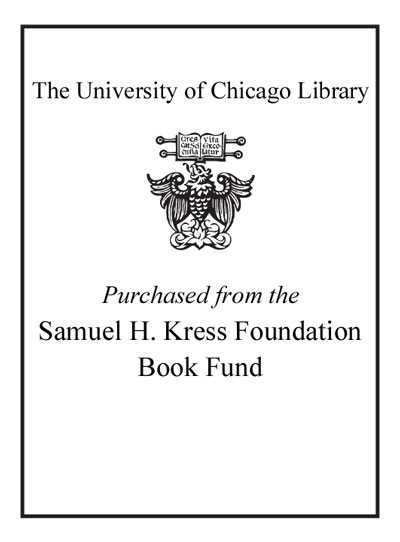| Summary: | "Based on the 2008 Society of Illustrators' exhibit, "Aritsts Against the War," "Artists Against the Wars" draws from the history of graphic protest and demonstrates the many ways that illustrators -- in comics, editorial cartoons, illustrations for magazine articles, and so on -- have reflected on the representations and misrepresentations of war, specifically the Wars in Iraq and Afghanistan.
The history of commercial illustration in the United States encompasses the images of artists like Charles Dana Gibson, Maxfield Parish, N.C. Wyeth, James Montgomery Flagg, Frederic Remington, and Norman Rockwell. These and many other artists helped to shape and define the American experience. After the Second World War, a divide grew between the worlds of illustration and fine art. Commercial publishers bankrolled illustrators to produce images on demand that were essential to marketing. Fine artists, meanwhile, generally struggled on their own to create unique and contemplative works of a decidedly non-mercantile nature.
Early on, some editorial illustrators, while still on paid assignments sponsored by commercial interests, managed to bridge this gap between illustration and high art--creating evocative works that told of real world events. "Harper's Weekly" employed Winslow Homer as a war correspondent, sending him to the front lines of the American Civil War to sketch soldiers on the battlefield. Afterwards Homer evolved into one of America's finest 19th-century painters. Business-related foundations aside, illustration commonly shared with fine art--up until the post WWII era--an exploration of the world through the traditions of objective realism. That relationship disappeared with the ascendancy of abstract art. The high art world is currently unable to provide thoughtful examinations that connect with the general public.
Surprisingly, the world of commercial illustration offers a model for the advancement of contemporary fine art. Endeavoring to communicate clearly, illustrators never abandoned realist aesthetics, which are the most direct way to deliver a thought or concept to a large audience. More importantly, illustration art does not wallow in the cynical disengagement and alienation that is so fashionable in today's high art. Therein lies the potency and importance of "Artists Against the Wars."--Pub. desc.
|
|---|

